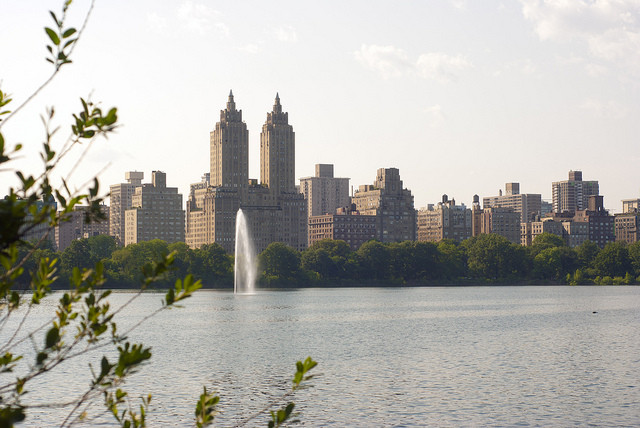Here's proof that NYC's middle class has been getting squeezed out since the 1870s
Trying to make it work as a middle-class New Yorker can be a stressful endeavor, to put it gently. (In many neighborhoods, you have to be a literal millionaire to purchase a starter two-bedroom.)
But we recently got a dose of historical perspective courtesy of Stephen Birmingham's book, Life at the Dakota: New York's Most Unusual Address, about the famous Upper West Side co-op.The early chapters set the stage for the Dakota's construction in the late 19th century, as more apartment buildings were rising to meet the demand from New Yorkers whose incomes fell somewhere on the economic spectrum between "gilded age oil baron" and "Lower East side tenement dweller." It would seem that the widening wealth gap in NYC has been a going issue for at least 150 years.
To wit:
"As early as 1870, an angry reader wrote to the New York Times, demanding to know why the city was keeping empty land in Central Park "while the middle classes are being driven out of the City by excessive rents." Indeed, it was upon the middle class that the squeeze was most extreme. Of the million people in New York, have the population lived in 40,000 houses of between five and fifty rooms. The other half lived in just 20,000 dwellings, mostly consisting of one room. In addition, more than 24,000 immigrants from Europe and Ireland were crammed into 8,500 basement cells without heat, light, ventilation and, of course, plubming. New York was threatening to become a city of the enormously rich and the desperately poor."
We're not quite sure if this is comforting or disheartening, but either way, it's worth keeping in mind that while our housing situation is dire, it's not exactly unique. Even the Brooklyn exodus started way back in the 1970s.
You Might Also Like




























